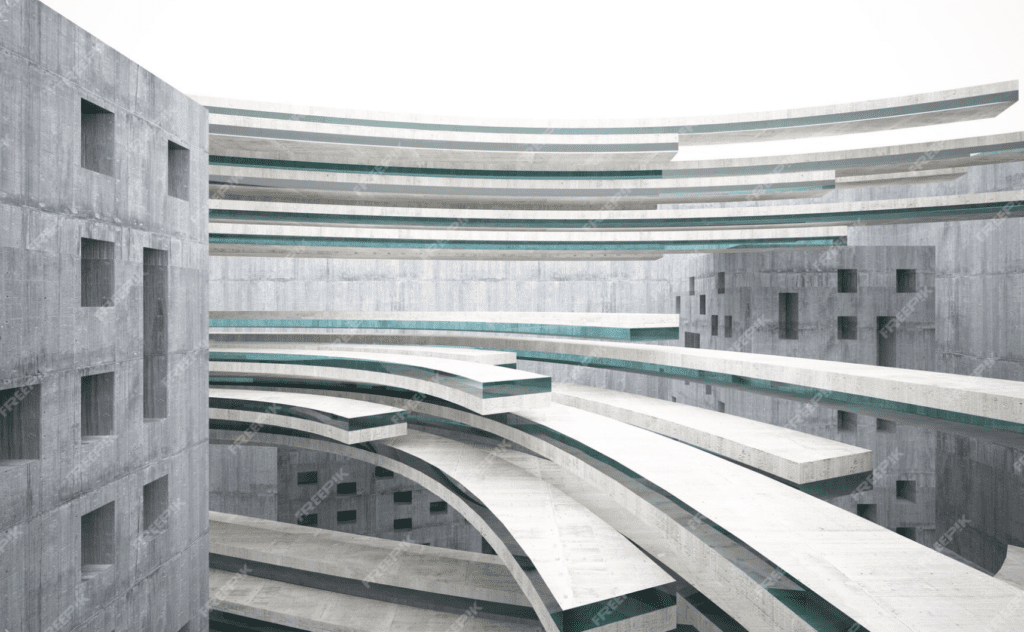peter veldhuizen photos








peter veldhuizen photos
Importance of Images in Web Design
peter veldhuizen photos In the digital age, where attention spans are increasingly shorter, the importance of images in web design cannot be overstated. Visual content plays a crucial role in capturing the audience’s attention, conveying messages effectively, and enhancing user experience. From engaging graphics to stunning photographs, images are a powerful tool that can make or break a website. In this article, we will delve into the significance of images in web design, exploring how they impact user engagement, search engine optimization (SEO), and brand image.
Key Point 1: Visual Appeal
Images are the first thing that users notice when they visit a website. A visually appealing design can create a positive first impression and entice visitors to explore further. High-quality images can help convey the brand’s personality, values, and messaging, establishing a strong connection with the audience. Whether it’s a striking hero image on the homepage or captivating product photos, visuals play a crucial role in shaping the overall look and feel of a website.
Key Point 2: User Engagement
Images are not only eye-catching but also essential for engaging users and keeping them on the site longer. According to studies, content with relevant images gets 94% more views than text-only content. Visuals can break up long blocks of text, making the content more digestible and engaging. Incorporating images like infographics, charts, and videos can also help convey complex information in a more understandable way, increasing user engagement and retention.
Key Point 3: SEO Benefits
Images are not just for aesthetics; they also play a significant role in SEO. Optimizing images with descriptive alt text, file names, and captions can improve the website’s visibility in search engine results. Search engines like Google use image recognition technology to index and rank visual content, making it essential to use relevant keywords and high-quality images. By optimizing images for SEO, websites can attract more organic traffic and improve their search engine rankings.
Key Point 4: Brand Image
Images are a powerful tool for building and reinforcing brand image. Consistent use of visuals that align with the brand’s identity, colors, and messaging can help establish brand recognition and loyalty. Whether it’s through a logo, brand photos, or custom graphics, images can convey the brand’s values and differentiate it from competitors. By creating a cohesive visual identity across all platforms, websites can strengthen their brand image and leave a lasting impression on visitors.
In conclusion, images are a cornerstone of effective web design, playing a crucial role in capturing attention, engaging users, improving SEO, and building brand image. By strategically incorporating high-quality images into web design, businesses can create visually appealing, user-friendly websites that leave a lasting impact on visitors. Whether it’s through stunning visuals, informative infographics, or engaging videos, images have the power to elevate the overall user experience and drive success online. Next time you embark on a web design project, remember the importance of images and leverage their potential to create a compelling online presence.
